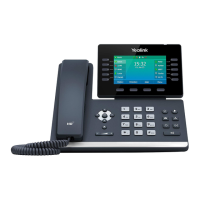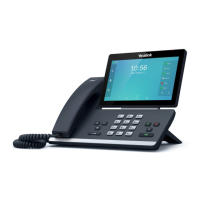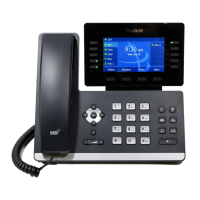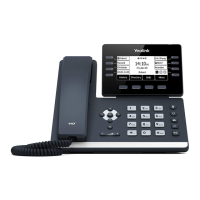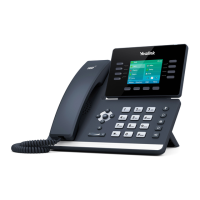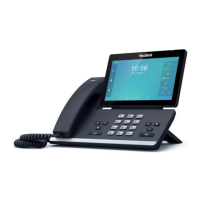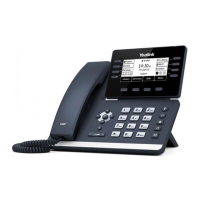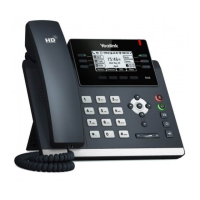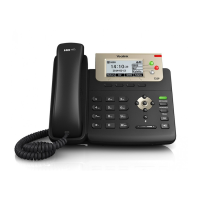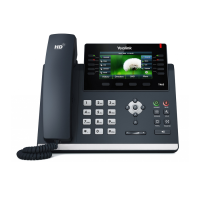Glossary
55
Glossary
MAC Address: A Media Access Control address (MAC address) is a unique identifier assigned to
network interfaces for communications on the physical network segment.
MD5: The MD5 Message-Digest Algorithm is a widely used as cryptographic hash function that
produces a 128-bit (16-byte) hash value.
DHCP: Dynamic Host Configuration Protocol (DHCP) is a network configuration protocol for
hosts on Internet Protocol (IP) networks. Computers that are connected to IP networks must be
configured before they can communicate with other hosts.
FTP: File Transfer Protocol (FTP) is a standard network protocol used to transfer files from one
host to another host over a TCP-based network, such as the Internet. It is often used to upload
web pages and other documents from a private development machine to a public web-hosting
server.
HTTP: The Hypertext Transfer Protocol (HTTP) is an application protocol for distributed,
collaborative, hypermedia information systems. HTTP is the foundation of data communication
for the World Wide Web.
HTTPS: Hypertext Transfer Protocol Secure (HTTPS) is a combination of Hypertext Transfer
Protocol (HTTP) with SSL/TLS protocol. It provides encrypted communication and secure
identification of a network web server.
TFTP: Trivial File Transfer Protocol (TFTP) is a simple protocol to transfer files. It has been
implemented on top of the User Datagram Protocol (UDP) using port number 69.
AES: Advanced Encryption Standard (AES) is a specification for the encryption of electronic data.
URL: A uniform resource locator or universal resource locator (URL) is a specific character string
that constitutes a reference to an Internet resource.
XML: Extensible Markup Language (XML) is a markup language that defines a set of rules for
encoding documents in a format that is both human-readable and machine-readable.
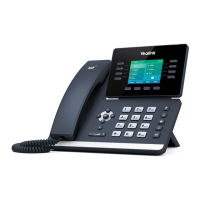
